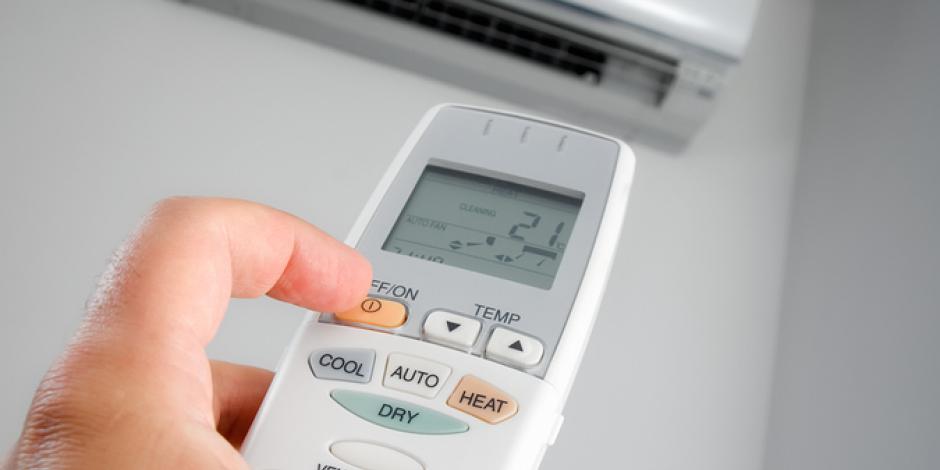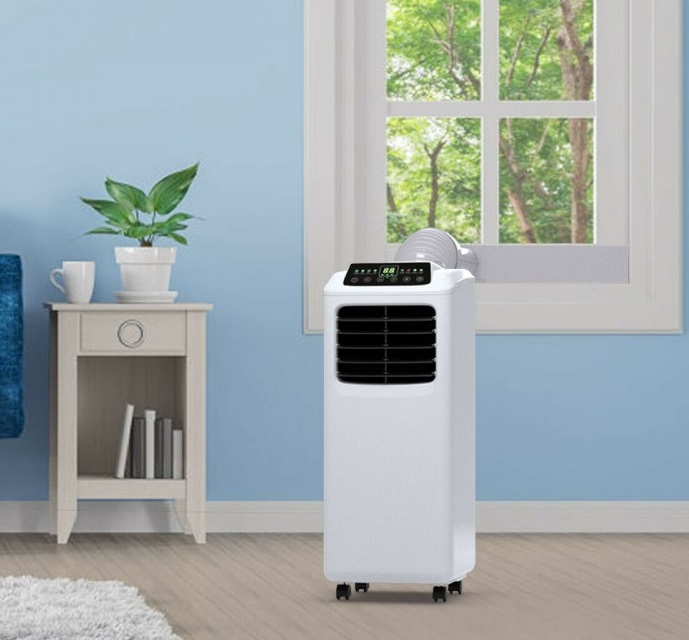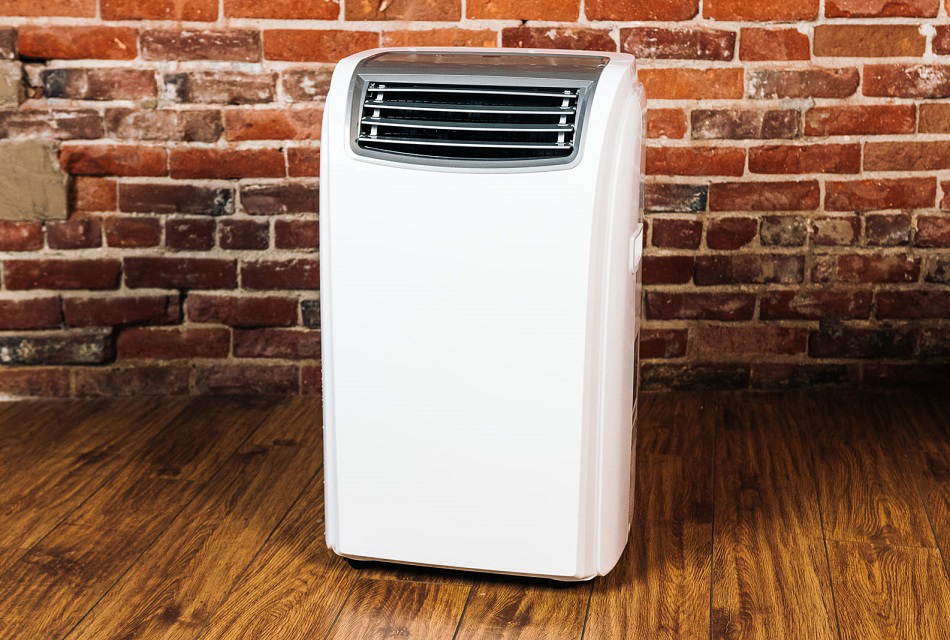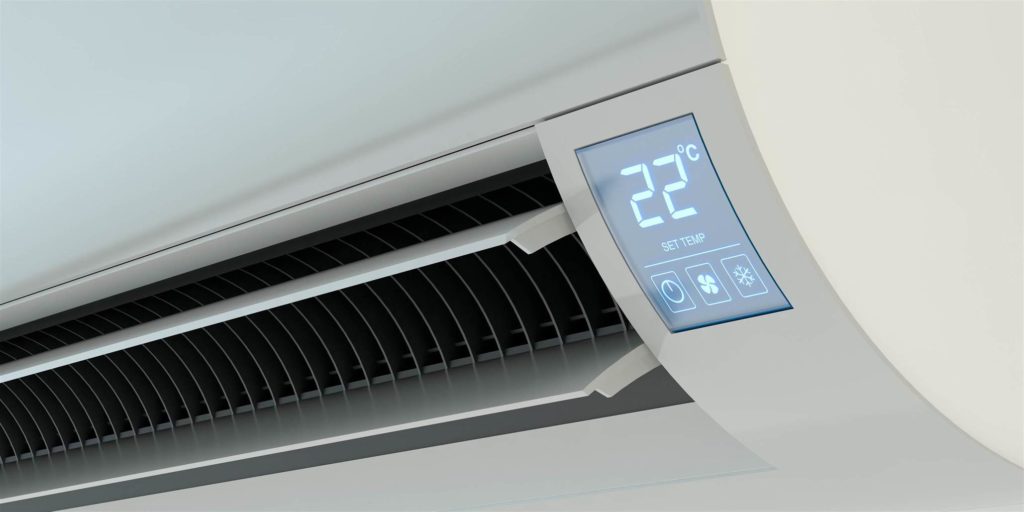

Today, air conditioning units have SEER ratings that can reach 24, depending on the efficiency. Units with higher SEER ratings use less electricity than those with lower ratings. So, the higher the rating, the better the efficiency and energy saving. However, HVAC equipment with very high ratings can be very expensive. But models with 14 to 16 ratings are in the middle ground. This is the basis behind the comparison between 14 and 16 SEER air conditioners. But from which SEER rating should you pick from? In this 14 SEER vs. 16 SEER comparison article, we’ll tell you what SEER means, how it’s calculated, help you differentiate between the two rated types of HVAC systems, and tell you which will be more suitable for your home.
The SEER, an abbreviation for Seasonal Energy Efficiency Rating, is the measure established by the United States Department of Energy to determine the amount of cooling that a piece of equipment can provide according to each watt of electricity consumed, that is, how efficient the equipment is in its energy consumption.
The best brands of air conditioning have models that range from 13 to 24 SEER, with is the highest value being the best performance. Energy Star rated models must have a rating of 14.5 SEER to qualify.
The Department of Energy and other countries around the world have tightened regulations for the energy use of new central air conditioning units. Most countries now measure units using SEER to measure how energy efficient air conditioners are. For example, in the US, units manufactured after January 2006 must have a SEER of 13 or higher. When DOE tightened the rules in 2006 and raised the minimum SEER from 10 to 13, it was estimated that the change would generate potential annual energy savings equal to the total electricity consumed by 26 million homes.
Many factors come into play when buying or replacing a new air conditioner. Despite a desire to have a unit with the maximum possible rating, the cost implications may not make it a great choice and other factors are worth considering when making a new purchase.
However, you should know that the heating or cooling efficiency is often determined by the BTU rating of the HVAC unit. That is, a 15,000 BTU air conditioner with 14 SEER may be more efficient at cooling than a 10,000 BTU air conditioner with 16 SEER. SEER is only more about energy efficiency, not just performance. This is why it’s advisable to check other useful criteria before purchasing.
However, for most air conditioner replacements, a 14 or 16 SEER is normally used as a replacement for an 8 to 10 SEER air conditioner.
The best approach is to determine the heat load on your property. This will help you know the amount of heating needed and hence it will be easy to choose the most suitable unit for your needs.
The higher the SEER, the better the energy efficiency of the equipment, and therefore tends to have a higher cost. However, more than an expense, air conditioning is an investment.
So you must consider how much you will pay for electricity to know if it is appropriate to buy an air conditioner with a high SEER.
To have an estimate of how much will be spent on energy, the power of the equipment expressed in watts (W) or kilowatts (kW) must be divided by the SEER.
For example, if we divide a power of 2500 W, by a SEER of 11.5, the result will indicate the amount of energy that the equipment will consume in one hour; in this case, it would be 217W / h or 0.217 kW / h.
Although a device with a high SEER means energy savings, this does not mean that it is the best option for your pocket. You must consider the time that you will use the equipment, since the less time it is working, the lower the savings in electricity will be and the price to pay for a piece of high SEER equipment, it may not be the best investment.
In short, for offices or spaces that require special and constant air conditioning, a higher SEER means greater savings. However, for residential use in not-so-hot areas, or small spaces that require sporadic air conditioning, you can buy a model with a medium SEER and obtain the same results. This is what makes 14 and 16 SEER-rated devices the best options to consider.
For most brands, all new air conditioners now have at least a SEER rating of 14. However, this doesn’t mean that the 14-SEER rated models aren’t energy efficient. Today’s 14-SEER units are around 20 to 30 percent energy-efficient than the HVAC models sold a few years ago.
The annual costs to use central air conditioners depend on the size of the unit, the SEER rating, and the rate charged by the power company. For example, the estimated cost of electricity to run a 3-ton air conditioning system that pays 8 cents per kilowatt-hour would be just $207 to run a SEER 14 device annually.
The Goodman GSX140481 is one of the most efficient new 14 SEER air conditioning units. It is a one-phase air conditioner with a 48,000 British thermal unit capacity.
So in modern reality, 14 SEER units are still much more efficient than your old unit. So, if you buy a new air conditioner, your efficiency will already increase significantly. Also, a SEER rating is not a constant value – it is a maximum rating.
However, as we mentioned earlier, the higher the SEER rating, the more efficient the device is. What this means is, you could have better energy efficiency with a 16 SEER unit.
Using an air conditioner with a SEER 16 rating represents savings more than that seen using a SEER 14 unit. Annual electricity costs for running a 3-ton unit and paying the same 8 cents kilowatt per hour of electricity implies that the SEER 16 unit would be around $180 to operate annually or $27 less than the SEER 14.
According to the Kobie SEER Savings Calculator, 16 SEER units use about 13 percent less energy to produce the same cooling amount as a 14 SEER unit which is of equal size. This means that for every $100 spent on running a 14 SEER unit, you can save up to $13 by upgrading to an HVAC unit of 16 SEER.
According to reviews from homeowners, the Goodman GSX160421 is one of the best portable 16 SEER air conditioners. The 3.5-ton air conditioner has an energy-efficient compressor and a cooling capacity of 42,000 BTU/h.
By now, you may be thinking it’s no brainier that a 16 SEER unit is better than a 14 SEER due to the energy savings mentioned earlier. However, you don’t choose an appliance solely based on the energy savings you get. How about the efficiency, cost, and other differences? Here, we evaluate each criterion.
Without a doubt, the 16 SEER HVAC units are the more efficient when it comes to cooling efficiency. For example, when both the 14 and 16 SEER rated units use the same energy, you’ll get a higher cooling or heating capacity with a 16 SEER model because of the efficient use of energy.
A 16 SEER air conditioning unit will be more suitable for an office or hall with a little more traffic than the home while the 14 SEER models will be efficient for home use.
Verdict: 16 SEER | The 16 SEER is more efficient at heating or cooling the same space than a 14 SEER unit.
Again, using an air conditioner or heating appliance with SEER 16 rating represents more savings than you will realize while using an SEER 14 unit.
16 SEER units use about 13 percent less energy to produce the same cooling amount as a 14 SEER unit which is of equal size. This means that for every $100 spent on running a 14 SEER unit, you can save up to $13 by choosing to upgrade to an HVAC unit of 16 SEER. Also, while a 16 SEER central air conditioning unit will quality for Energy Star certification, new 14 SEER units cannot be approved for certification as 14.5 SEER is the minimum required from brands.
Verdict: 16 SEER | A 16 SEER rated appliance is more energy efficient.
The takeaway for 14 SEER unit buyers is with the low cost. For obvious reasons, 16 SEER models are more expensive. Energy-efficient appliances in today’s market often command a higher investment fee. However, you will see the value for money in the long run as you keep using it.
The short answer is that 14 SEER units are more affordable for those looking to purchase an HVAC unit on the market. However, for those who are conscious of the long-term cost of using the device, a 16 SEER unit will be better.
According to the Home Advisor, purchasing and installing a 14 SEER air conditioning system can cost around $3,000 to $6,000. However, a 16 SEER device costs around $3,700 to $9,000.
Again, the 14 SEER looks to be more affordable at the point of purchase and installation. But remember, you save around $13 per $100 energy used with a 16 SEER unit, compared to a 14 SEER unit.
If that doesn’t seem enough to sway you, those who choose highly efficient electrical appliances may qualify for a tax break, which makes 16 SEER installations all the more ideal for your pocket and the planet.
Verdict: A tie | The 14 SEER units are less expensive to install but you’ll have better value for money and savings on energy use in the long run.
If you need HVAC units installed in your home, a 14 SEER unit is a good one to start from. However, if you want more efficiency at indoor climate control and more savings on energy use, then a 16 SEER HVAC installation will be best for your home as the higher the SEER rating, the more efficient the unit is.
In any case, if you’ve decided to choose a 14 or 16 SEER unit, here are some useful tips to reduce your air conditioning consumption. First, you can adopt a few simple actions such as:

When looking to buy a new air conditioner or want to replace an existing air conditioner with a new one, you will hear the dealer or air conditioning expert ask you about your preferred SEER rating. For most people, this is usually a confusing time as they have no idea what SEER is and why it is important when purchasing and installing some HVAC equipment.
SEER is simply a measure of how much cooling an HVAC unit records for each unit of energy consumed. As such, this implies that the higher the SEER rating, the more efficient the air conditioner.
Each air conditioner will have a different SEER rating, as each is built to have different capacities and efficiency. For most applications, the recommended SEER rating is generally above 13 SEER, although options are available up to 25 SEER, these units with a higher SEER are also relatively more expensive than those with lower ratings. As we’ve seen in the 14 SEER vs. 16 SEER comparison, 14 and 16 SEER installations are the middle ground if you are considering energy efficiency, cooling, or heating efficiency, as well as the cost of installation.





